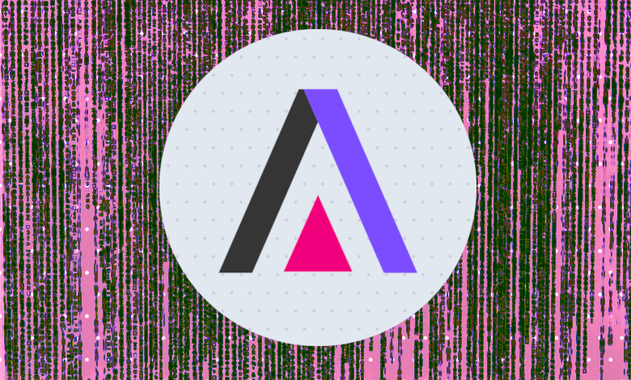ActivityPods: Federated Solid Pods
ActivityPods is a wild project that’s bringing the architecture and data capabilities of Tim Berners-Lee’s Solid Protocol to the Fediverse. We dig in to what it is, how it works, and what’s currently possible with the framework.




Add comment